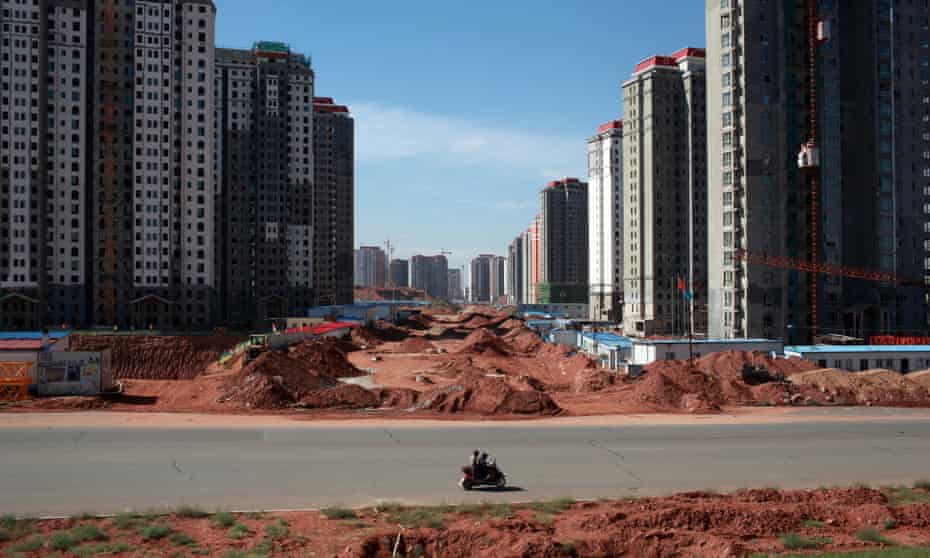Explain the factors which may affect the level of investment in an economy.
Investment refers to the expenditure made by firms on capital goods, such as machinery, equipment, buildings, and infrastructure, with the aim of increasing future production or generating income. It involves the allocation of resources in projects or assets that are expected to yield returns or contribute to economic growth.
The level of investment in an economy is influenced by several factors. These factors can be broadly categorized into four main types: economic factors, financial factors, political factors, and institutional factors.
Economic Factors: Economic growth, market size, and demand, as well as the cost of production, are important economic considerations that affect investment levels. For example, a rapidly growing economy with a large market and favorable production costs can attract higher levels of investment. When firms anticipate higher future demand, they may invest in expanding their production capacity or adopting new technologies.
Financial Factors: Interest rates and availability of credit play a significant role in shaping investment decisions. Lower interest rates reduce the cost of borrowing, making investment projects more financially viable and attractive. Additionally, the availability of credit and financing options enables firms to access the necessary funds for investment.
Political Factors: Political stability and government policies are crucial in attracting investment. A stable political environment provides businesses with confidence to make long-term investment decisions. Government policies, such as tax incentives, trade regulations, and investment protection measures, can significantly influence investment decisions. Favorable policies that support investment and reduce regulatory barriers are likely to attract higher levels of investment.
Institutional Factors: Infrastructure, property rights, and governance are important considerations for investment. Well-developed infrastructure, including transportation networks and energy supply, facilitates business operations and reduces costs. Strong legal frameworks, protection of property rights, and effective contract enforcement create a favorable environment for investment. Additionally, low levels of corruption and transparent governance practices enhance the attractiveness of an economy for investment.
It's important to note that the relative importance of these factors may vary across countries and industries. Additionally, these factors can interact with each other, creating complex dynamics that influence investment decisions in an economy.
Examples of investment include firms investing in new machinery or equipment to enhance productivity, individuals purchasing residential properties for rental income or capital gains, governments investing in infrastructure projects to stimulate economic activity, and businesses investing in research and development activities to drive innovation and competitiveness.
Overall, investment plays a crucial role in economic growth, job creation, and the development of industries and infrastructure. By allocating resources towards productive assets, investment stimulates economic activity and contributes to the overall well-being of an economy.

